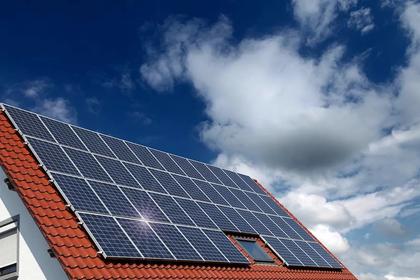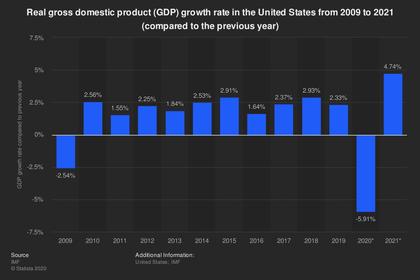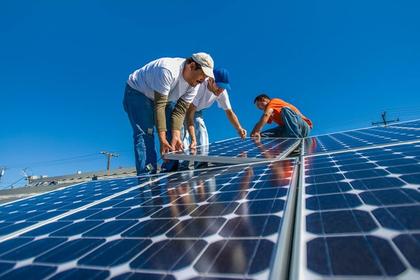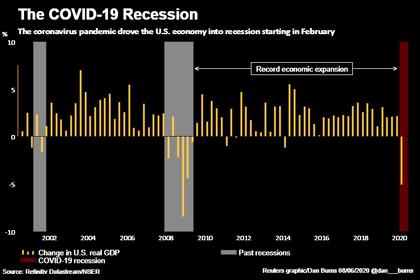
U.S. ELECTRICITY CONSUMPTION DOWN
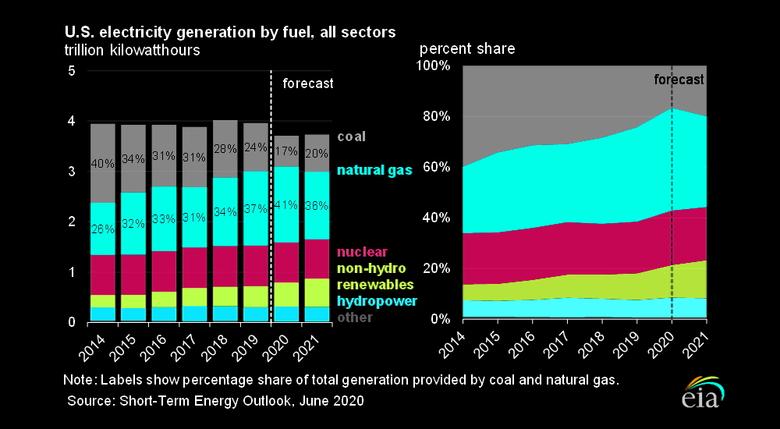
By Christopher Neely Independent Electric Industry
ENERGYCENTRAL - The United States spent most of the last three months locked down by government orders aimed at containing the coronavirus pandemic. Schools shut down, businesses closed, and offices turned to telecommuting in lieu of employees coming in to work.
The nationwide lockdown created significant shifts in electricity consumption and such shifts are expected to continue through the summer. The U.S. Energy Information Administration, the stat-keeping arm of the federal government, predicts electricity retail sale and consumption between June and August to reach their lowest levels since 2009, the summer of the country's Great Recession. The EIA is predicting a 5.2% year-over-year drop in energy sales among the residential, commercial and industrial sectors.
Residential electricity is the only sector expected to increase, which is predictable considering the continued need for telecommuting while many offices remain locked down. However, sales are only expected to increase by 3% year-over-year, owed, in part, to the weather. According to a 2015 study by the EIA, 87% of homes used some kind of air conditioning. This year, the summer is expected to be a little cooler, according to the National Oceanic and Atmospheric Administration, placing less pressure on residential electricity demand, helping to even out the increased demand owed to working from home.
With many office buildings left empty through the summer months, demand for electricity to power offices, as well as restaurants, hotels and music venues is expected to drop significantly. The EIA expects a 12% drop in commercial electricity sales through the summer. According to its June report, commercial electricity demand is often closely tied to economic and employment conditions. This proves true, here: the agency expects non-farm jobs to fall by 13% this year.
Industrial sector electricity sales are expected to fall by 9%. Though the pandemic has not resulted in the full shutdown of factories and manufacturers throughout the country, the coronavirus has disrupted supply chains and the industrial sector is not immune to the ill health of the overall economy.
Potentially most shocking, is that the combined expected kilowatt-hours sale between the commercial and industrial sectors through the summer is predicted to be under 600 billion kilowatt-hours, which hasn’t happened since the early 2000s. According to the EIA, combined commercial and industrial electricity sales will be at its lowest since 1997.
We look at these numbers and understand they are the result of a pandemic and largely unprecedented measures aimed at containing it. However, these trends on electricity consumption, especially broken down sector-by-sector, may not end with the coronavirus. When the virus is figured out, the country and globe will be facing major questions about our new normal, especially as it portends to working from home and the necessity of commercial spaces and office buildings.
According to an April 3 study from Gallup, the pandemic sent almost two-thirds of American laborers into working from home. In tech-heavy cities like Austin, San Francisco and Boston, major employers, from Facebook and Twitter, to Dell Computers say that working from home will be a certain part of their future. Such a new normal will certainly have an impact to how the three sectors buy and consume energy, shifting load profiles and requiring a reassessment of peak hours.
-----
This thought leadership article was originally shared with Energy Central's Load Management Community Group. The communities are a place where professionals in the power industry can share, learn and connect in a collaborative environment. Join the Load Management group today and learn from others who work in the industry.
------
Earlier:
